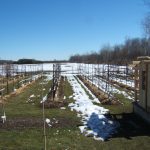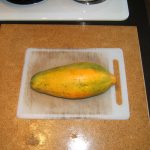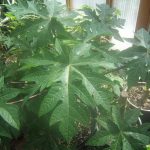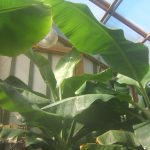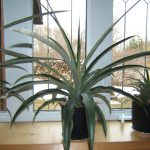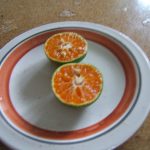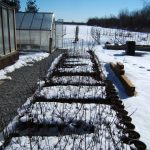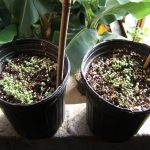Well as the picture’s show, Spring is trying to warm and awaken the garden. Just what we have been waiting for the last few months. Do not forget though, that along with Natures bounty comes Natures other summer visitors. Yes, all those little feeders we would rather not see again. Whether, in the past chemically or in our new normal of using nature to control these visitors, you will never be 100% free of them.
We start early in the Fall, with a good clean up of any disease or insects that we see. Making a note of those areas, we watch in Spring for ‘outbreaks’, so they can be looked after quickly. We combine our visual efforts with Biological Beneficial Insects. The following is what we use:
- On all our fruit trees – (in May) Neoseiulus Fallacis (best overall Mite predator).
- General release – (in May) We release Ladybugs Hippodamia convergens in the greenhouse so they travel in and out with the plants, depending on weather, and they then spread out to look after the whole garden.
- For Whitefly control, Delphastus Catalinae, a small black beetle.
- For Scale control, Lindorus Lophanthae, a slightly bigger small black beetle.
- For Caterpillar control, two different modes of action; first, Praying Mantis ( will eat anything it can catch), and second, Safer’s BTK, which is a fungus that infests Caterpillars and therefore kills them.
As you can see, Natures way is mainly to employ ‘flying’ controls, but it’s not everyone’s ideal to have them inside the house. Natural predators will always arrive, but not until their feast is well established. This is because mum likes to lay her eggs in an area which has an ample food supply to nourish her young to adulthood to start the cycle again. When we check our plants weekly, we always have a cloth that has been either soaked in a simple water:dish-soap/200:1 solution or rubbing alcohol and water. When you spot the first visitor, a quick wipe and inspection of the leafs’ top surface, underside, and stem, removing any thing you find, will minimize the issues ahead. If you find a sticky area on a leaf surface, this is an indicator that somewhere above there are feasters enjoying your bounty. Do not wait, treat area straight away!
Having plants outside during the Summer (in an appropriate location), will let Nature do her thing. Ants, although not themselves a pest to worry about, can and do make ‘nests’ in large containers. If you have a nice lush specimen growing in this container and it is free of pests, do not be surprised if the local colony moves a few insect ‘stock’ into this location. They feed on the sugary excretion known as ‘Honey Dew’, which is a byproduct of the feeding insects. They can have their ‘nest’ anywhere within there farming area, so keep an eye out for ant runs.
We use ventilation where possible, and pot or base watering to avoid mould and mildew. When it is frosty outside and ventilation not always practical we use Green Earth Bordo mixture. Never leave a plant standing in water unless it is a water plant. Drowning should never be an issue for plants, so make sure excess water can drain away. Going away for a time, and leaving a plant in a saucer can sound like a good idea for a couple of days. But place somewhere where it will not be rained on while you are away. You do not need to keep in filled up. A shady spot, sheltered from heavy rain is best.
At this time indoor seed sowing should be well underway. Most Peppers, Herbs, Onion, Leek and Tomato should be nicely through. First Broccoli next week then more Lettuce, Garden Tomato varieties, Greenhouse Cucumbers and Radish.

















